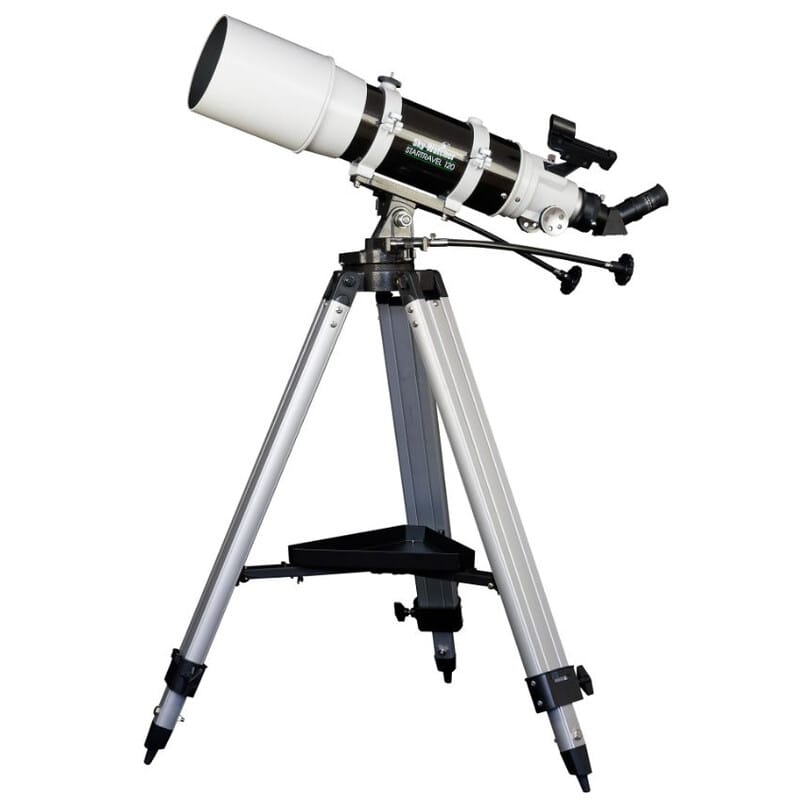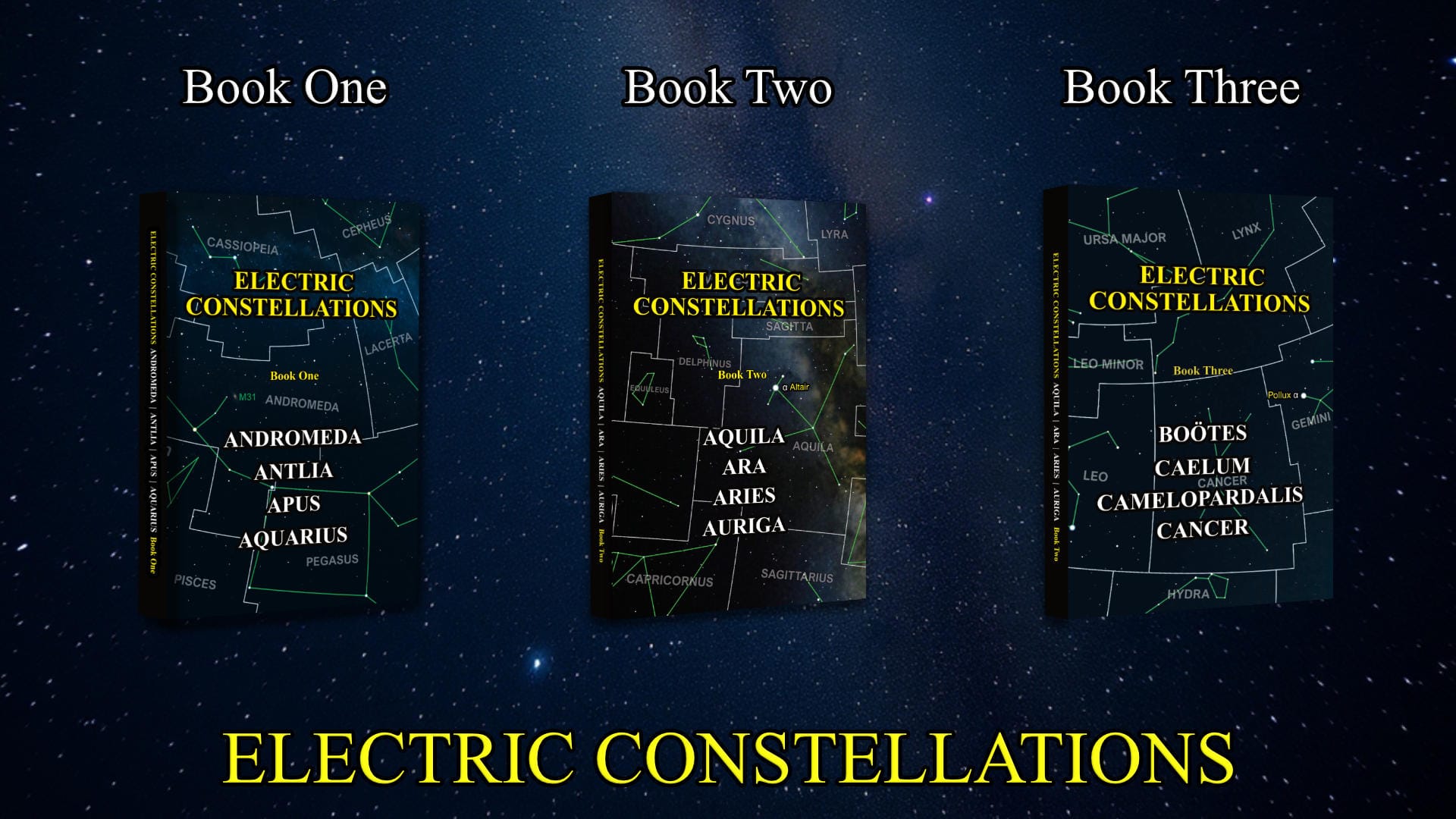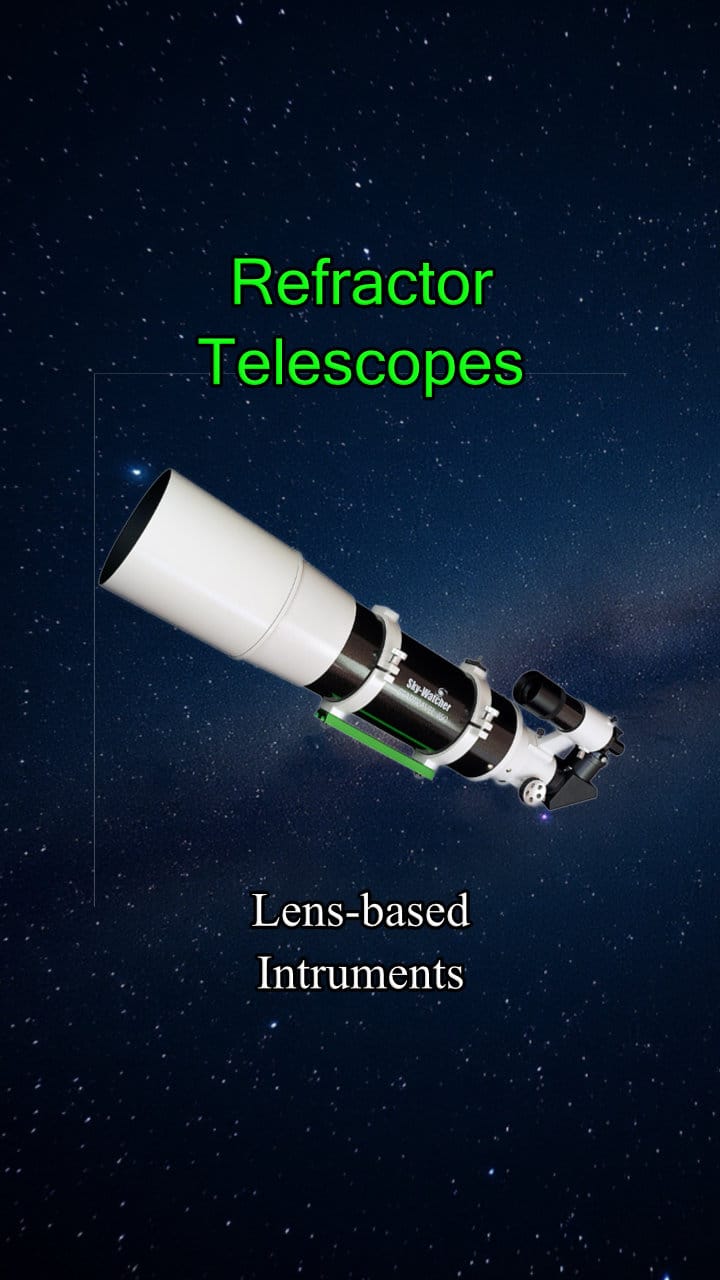Refractor Telescopes Video

Refractor telescopes provide exceptional clarity and contrast for celestial viewing, making them ideal for lunar, planetary, and double star observations. The sealed design of refractor telescopes provides significant practical advantages over open-tube designs. Since the optical path is completely enclosed, dust, moisture, and air currents cannot interfere with the image quality. This sealed environment means refractors typically hold their optical alignment (collimation) indefinitely, eliminating the regular maintenance required by reflector telescopes. For observers in humid climates, this closed system also reduces dew formation on optical surfaces, allowing for longer observing sessions without interruption.
The optimal aperture for beginners ranges from 70mm to 100mm, balancing light-gathering ability with portability and cost. The lack of a central obstruction (unlike compound telescopes with secondary mirrors) means refractors deliver the highest theoretical contrast per inch of aperture. This unobstructed light path creates those crisp, high-definition views of planets and lunar features that refractors are famous for. While seemingly minor, this design aspect makes a noticeable difference when observing subtle details like Jupiter’s cloud bands or Mars’ polar caps.
Apochromatic (APO) refractors offer superior color correction compared to achromatic models but come at a significantly higher price point.
Quality glass coatings dramatically improve image brightness and clarity, with fully multi-coated optics being the gold standard.
Your mount is just as important as your optical tube – a stable platform prevents frustrating vibrations that can ruin the viewing experience.
Peering through a quality refractor telescope for the first time can be a transformative experience. That moment when Saturn’s rings snap into crisp focus or the Moon’s craters reveal their ancient textures often ignites a lifelong passion for stargazing.
The refractor telescope, with its straightforward design and reliable performance, has introduced countless astronomers to the wonders of the night sky. While technology has evolved dramatically since Galileo first pointed his rudimentary refractor skyward in 1609, the fundamental principles remain unchanged - and remarkably effective for certain astronomical targets.
This comprehensive guide will help you navigate the sometimes confusing world of refractor telescopes, whether you’re purchasing your first instrument or looking to upgrade. We’ll explore the science behind these elegant optical systems, identify the most crucial features to consider, and recommend specific models that deliver exceptional performance for their price.
Challenge the standard model—explore the cosmos through the Electric Universe Theory. These Electric Constellations books contain full-color, data-rich investigations of four constellations each. They're not a beginner's star guide—they're a serious work for independent thinkers, astronomers, and scientifically literate readers seeking to understand the Universe beyond conventional gravity-based interpretations.
Each constellation is examined in detail, with attention to its Bayer-designated stars, mythological origins, meteor showers, and bordering constellations. In-depth profiles of deep-sky objects—including galaxies, planetary nebulae, and star clusters—are paired with high-resolution imagery from the Webb and Hubble space telescopes, delivering both scientific clarity and visual impact.
Central to this series is the Electric Universe (EU) model, which proposes that electromagnetic forces—not gravity alone—govern much of the structure and behavior of the cosmos. Rather than treating this as speculative fringe, the book frames the EU model as an evidence-based, plasma-physics-informed alternative to the standard cosmological narrative.
Inside each volume:
- Comprehensive coverage of four distinct constellations
- Analyses of deep-sky objects in the EU context
- Original commentary on plasma discharge features and Z-pinch configurations
- Mythological and historical context without romantic embellishment
Written for readers who demand more than rote repetition of gravitational dogma, Electric Constellations opens a new observational and theoretical frontier—where stars light by electrical currents, not fusion, and where structure emerges from plasma dynamics, not dark matter.
Whether you are an amateur astronomer, electrical engineer, or astrophysicist curious about alternative models, these books deliver a rigorous and visually stunning exploration of the night sky—illuminated by a very different current.

